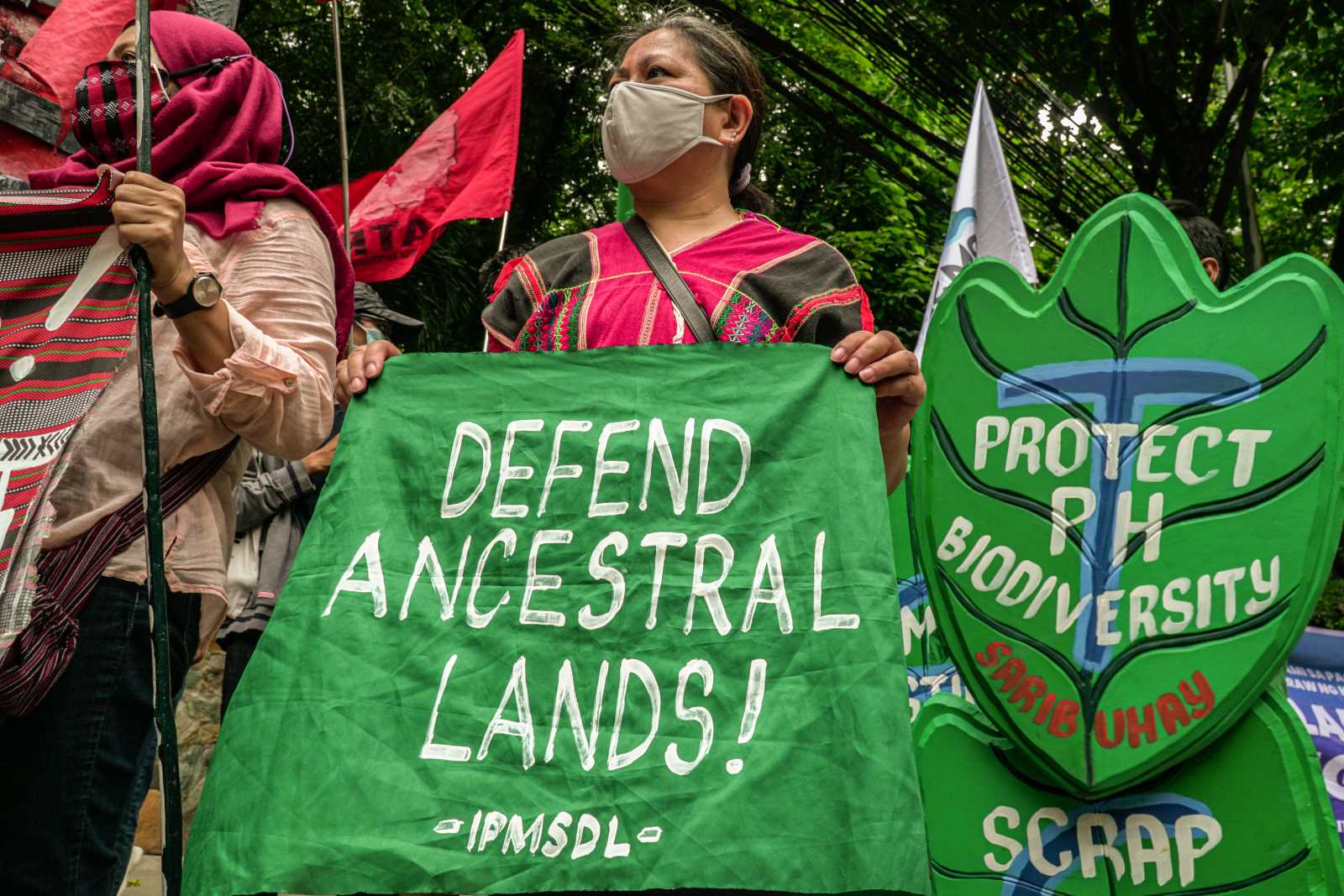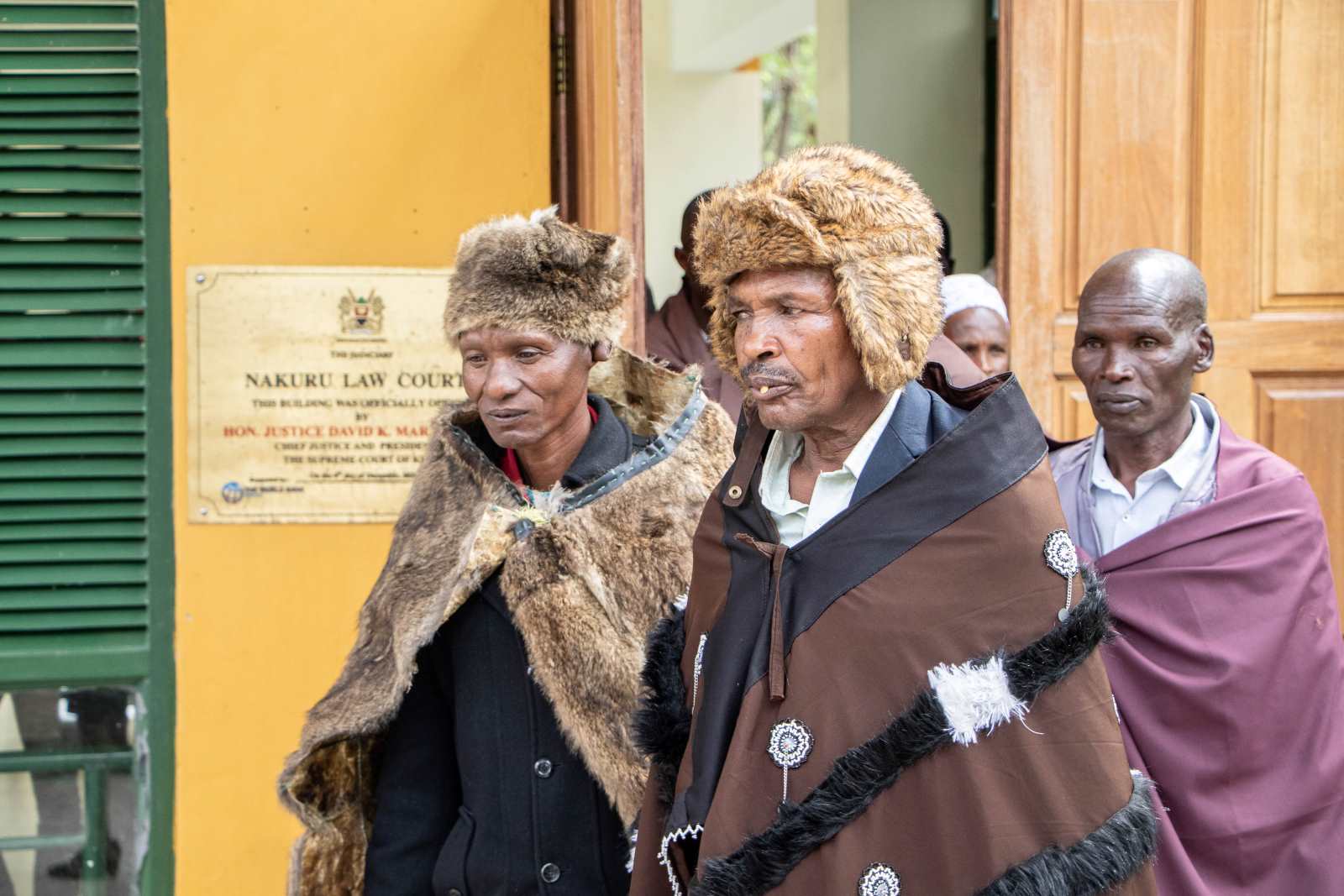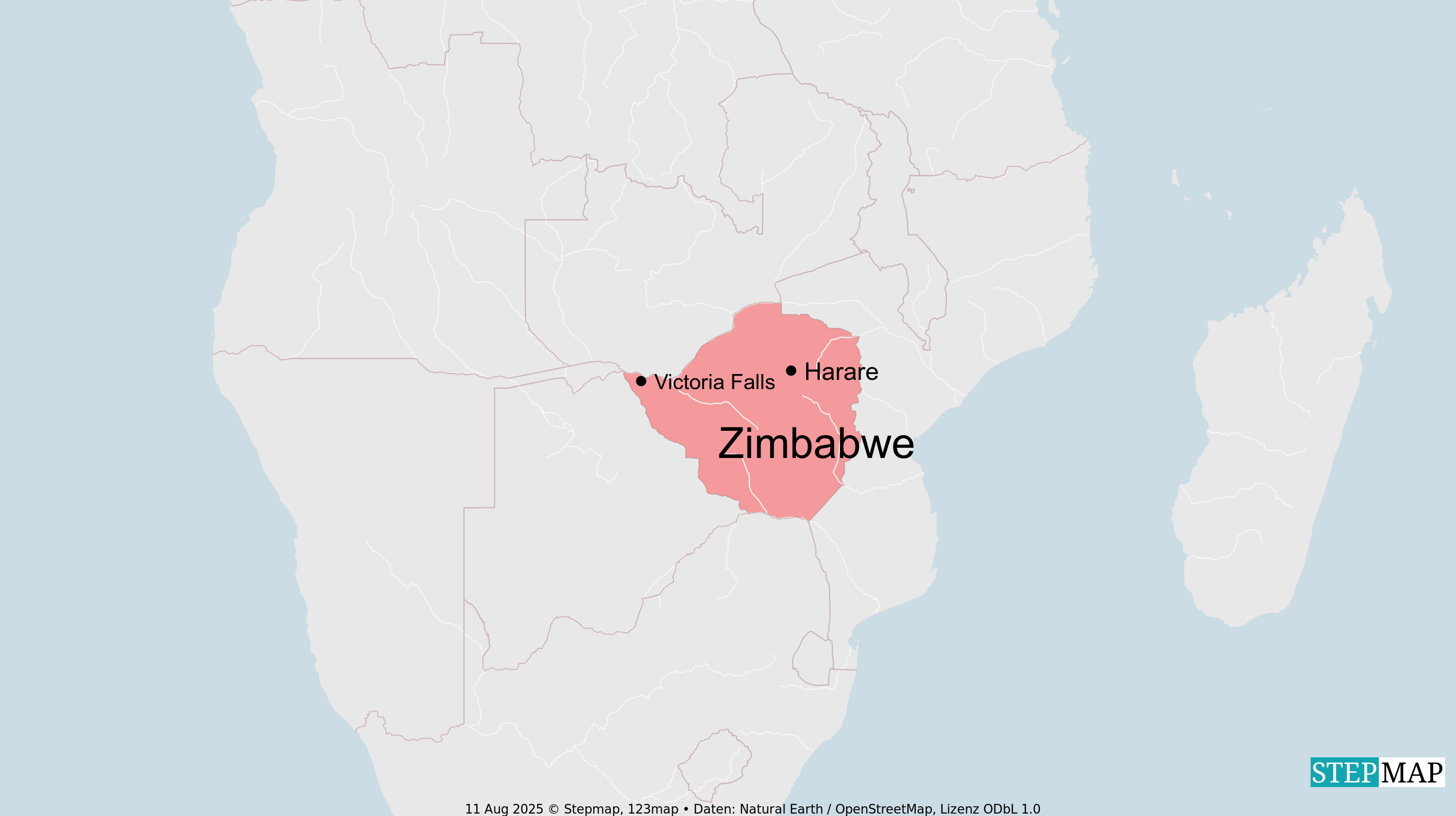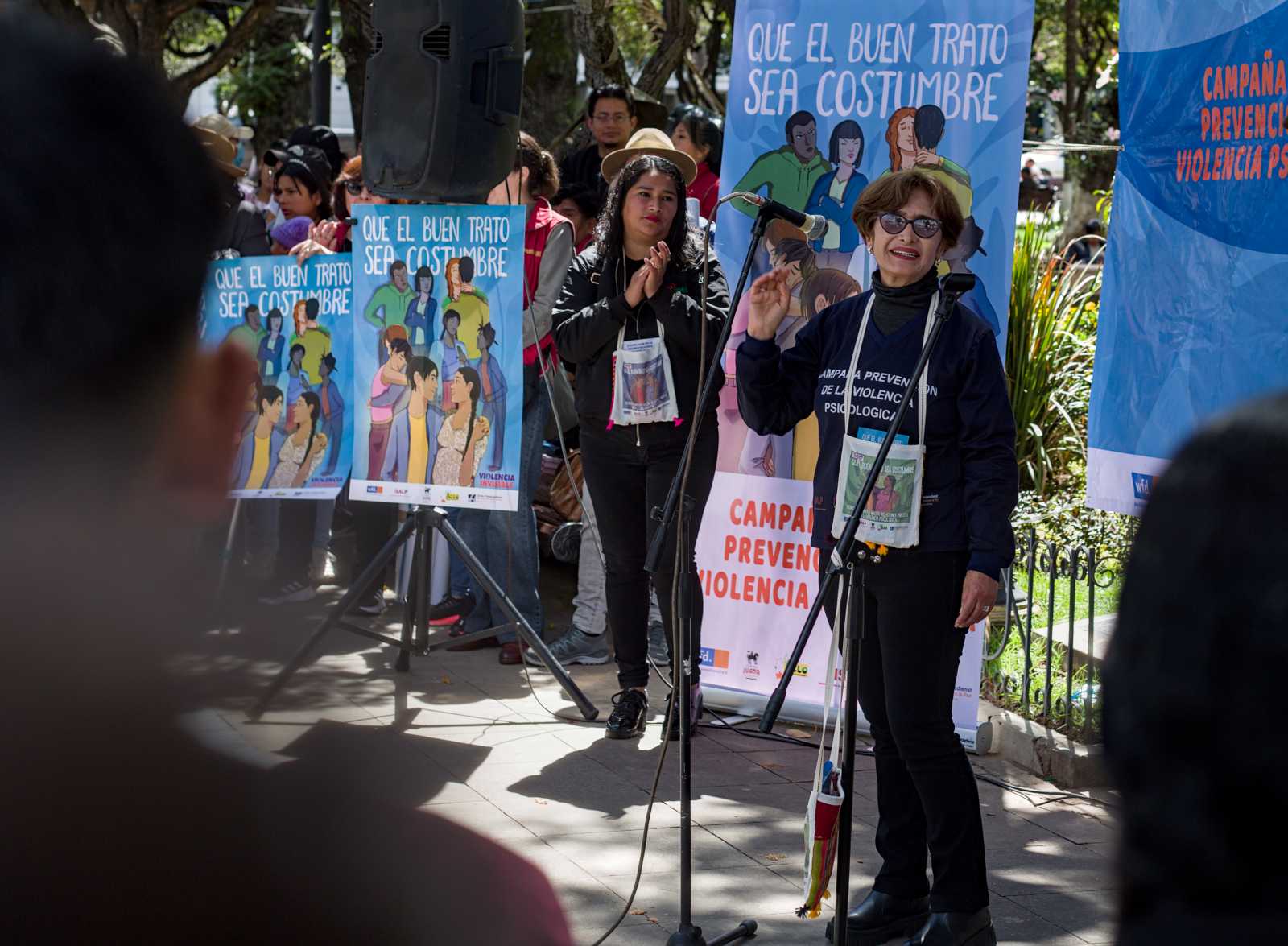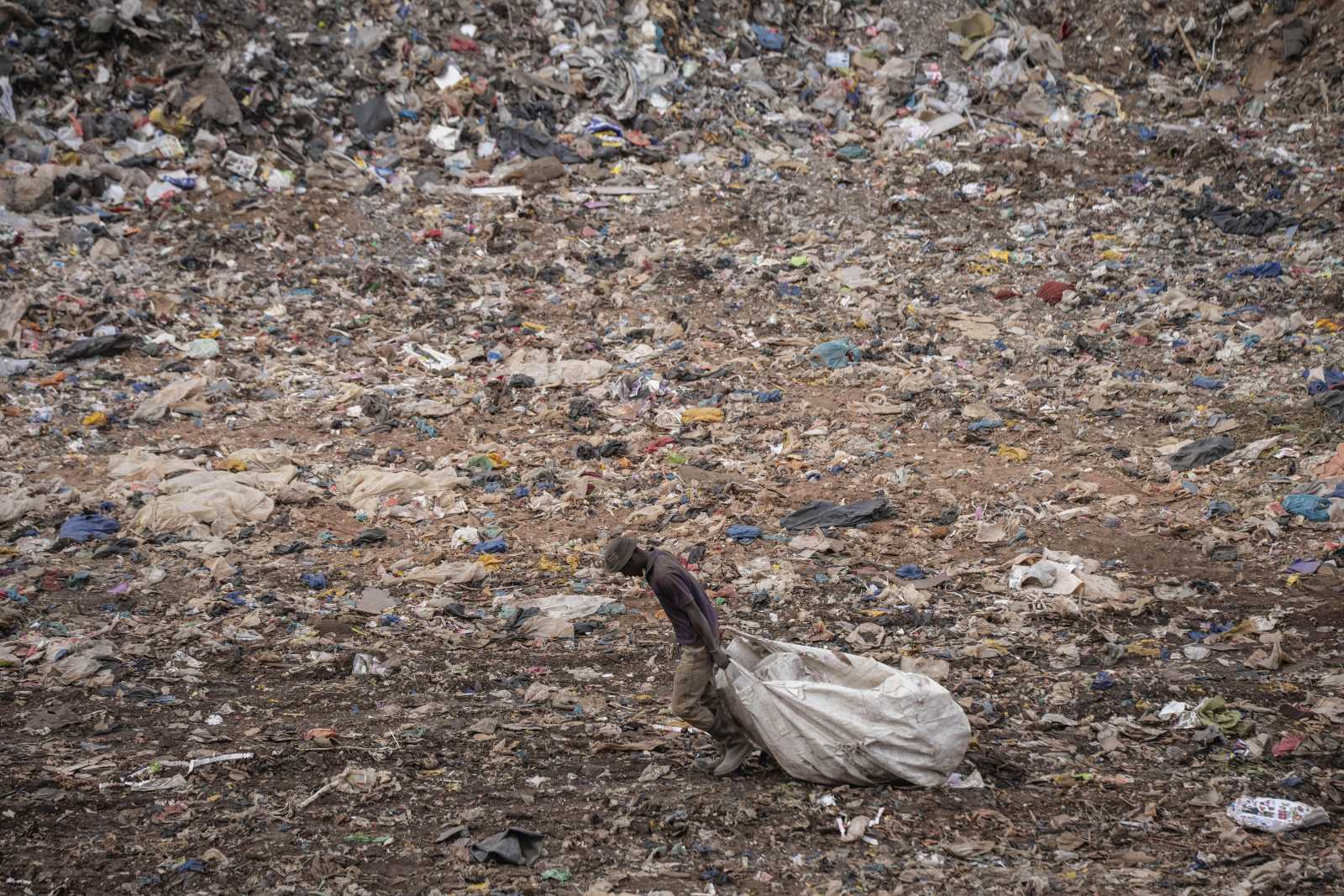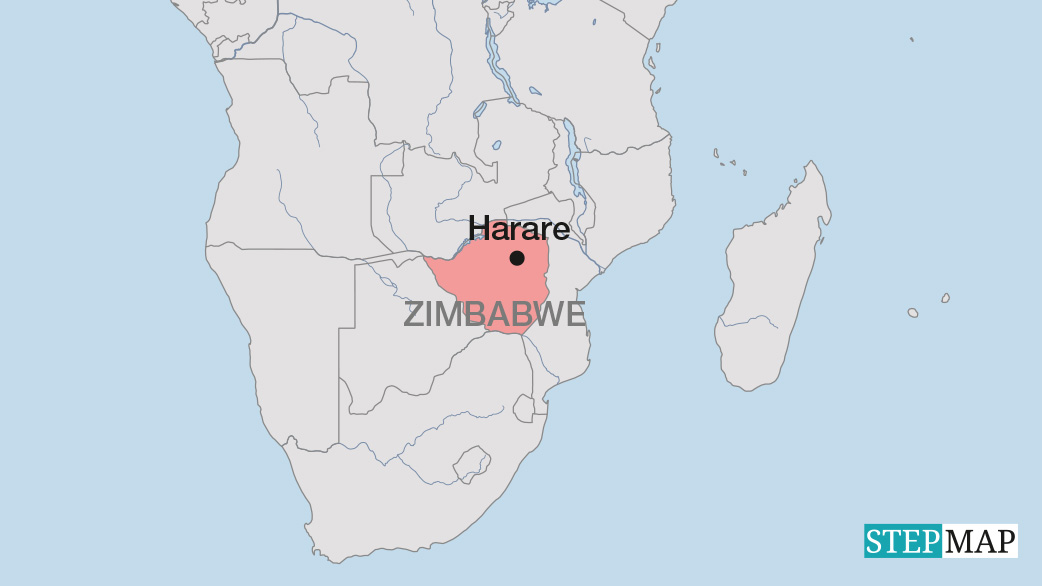Contribution-claim approach
How companies can contribute to climate justice voluntarily

Responsibility for climate change is unequally distributed around the world. Whereas the Global North has produced most climate-relevant emissions, the Global South suffers more consequences. The North’s climate debt goes hand in hand with an unequal accumulation of capital: industrial expansion has concentrated wealth in the North, while many countries in the South remain economically dependent.
Achieving climate justice therefore means not only acknowledging historical responsibility but also dismantling colonial continuities and unequal distribution of wealth. Although this goal still seems out of reach, especially to many representatives of the Global South, most countries have nevertheless pledged to continually increase their Nationally Determined Contributions (NDCs) as part of the Paris Agreement of 2015.
Measures taken by non-state actors are also included in these calculations. In addition to trading-emission certificates, which the EU requires, for example, for large, energy-intensive industrial facilities, many companies also reduce their emissions voluntarily. Particularly in situations where this is especially difficult, they also resort to compensation payments, for instance to finance climate-friendly projects in the Global South. However, emission reductions that are financed this way are often included in the balance sheet of the respective companies, meaning that they remain in the Global North. If companies offset emissions through payments instead of directly reducing them, even though doing so would be entirely possible, they are furthermore sometimes accused of greenwashing.
Promoting climate protection outside of the value chain
An alternative to carbon offsetting is the contribution claim approach, which allows companies from the Global North to promote global climate protection outside their own value chains in addition to their own carbon reduction activities. Here, too, they take financial responsibility for their own remaining emissions. The key difference is that companies set their own price for the emissions they still produce, report them transparently and do not count the carbon reductions they are financing towards their own carbon footprint. As a result, the reductions can be credited to the countries in which the emission-saving projects take place. Thus, countries in the Global South benefit.
The following three approaches are among the financing options for companies aiming to implement the contribution-claim model:
- Companies can purchase “Verified Emission Reductions” of climate protection projects in the voluntary carbon market. In doing so, they help ensure the implementation of these projects.
- They can contribute to a fund that supports climate-protection measures but does not pay out any financial returns to the contributors.
- They can finance their own climate-protection measures and projects directly. These projects should undergo internal review and, where appropriate, external verification.
Companies can choose to use any of the three financing options on their own or combine them as needed.
Advantages of the contribution-claim model
Since the contribution-claim approach separates companies’ support from their own carbon footprint, it prevents double-counting and greenwashing strategies. This provides companies with legal certainty and also strengthens customer confidence in emission reductions. The latter is especially true when funds go to high quality, scientifically sound emission reduction projects, and when companies transparently communicate and justify the price they have set themselves.
Companies that pursue a contribution claim approach admittedly do not offset their own carbon footprint. But they can claim to be contributing to global climate neutrality by helping to reduce emissions in the Global South and allowing these reductions to benefit the emission inventories of those countries. They are therefore making a contribution to global climate justice – a meaningful effort that can have a positive impact on employee commitment and corporate reputation.
The non-profit Klima-Kollekte and civil-society organisations like Brot für die Welt are already applying the contribution-claim approach. Through them, companies can finance climate-protection projects that have been independently verified to reduce emissions while also promoting social and economic development. These projects significantly improve local living conditions with relatively modest resources, as demonstrated by an example from southern Rwanda. There, rural communities are equipped with energy-efficient cookstoves, which reduce both CO2 emissions and health risks caused by harmful gases and smoke. The project also helps to prevent deforestation, generates employment opportunities and frees up time that local residents would otherwise need to spend collecting firewood.
Link
Kreibich, N. et al., 2024: A guide to implementing the contribution claim model. Wuppertal Institut, Foundation Development and Climate Alliance.
Lukas Küsters worked for Klima-Kollekte until June of 2025 as a carbon accounting consultant.
lukaskuesters@gmx.de
Kirsten Gade is the contact person at Brot für die Welt for financing certified climate-protection programmes to promote climate justice.
kirsten.gade@brot-fuer-die-welt.de


